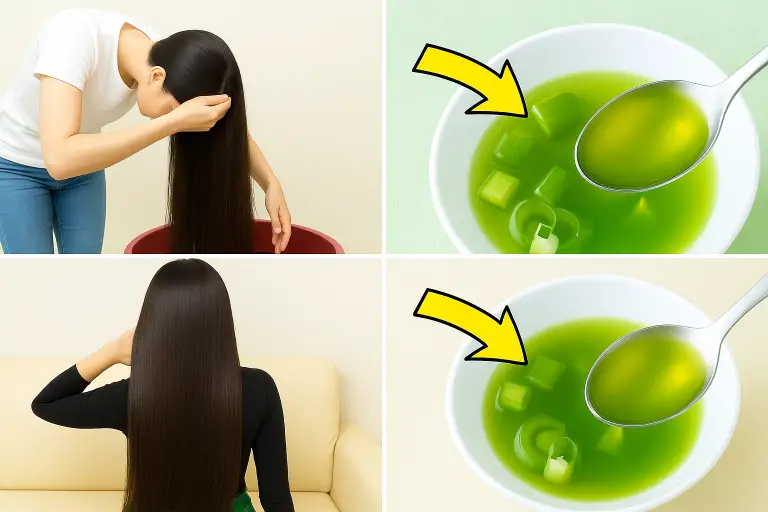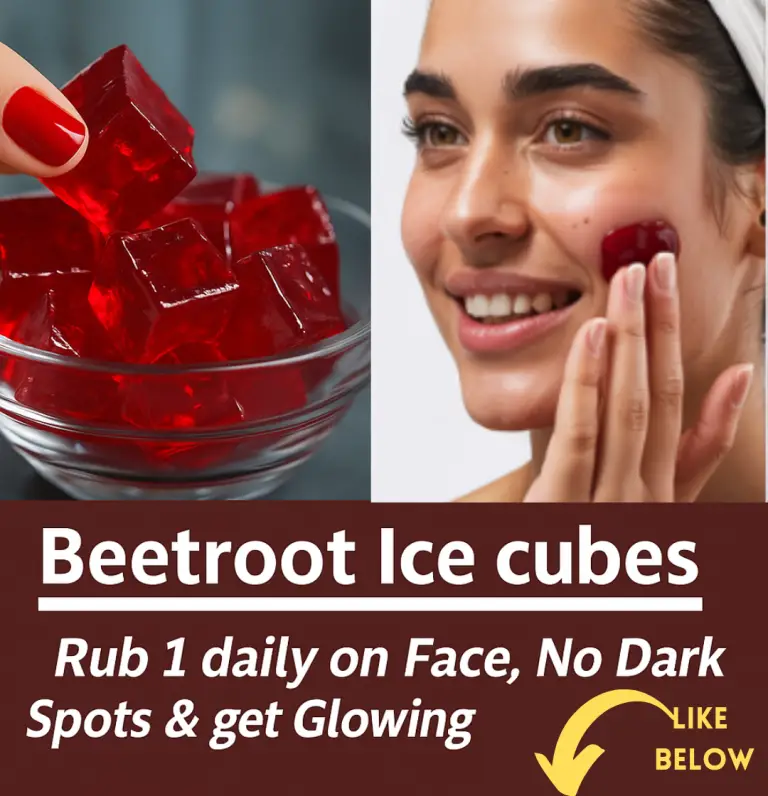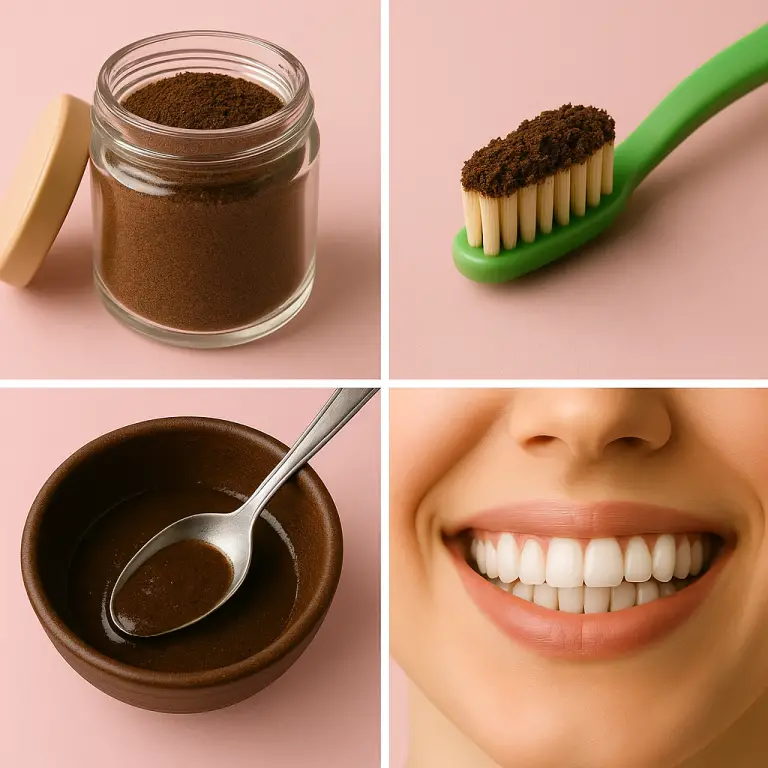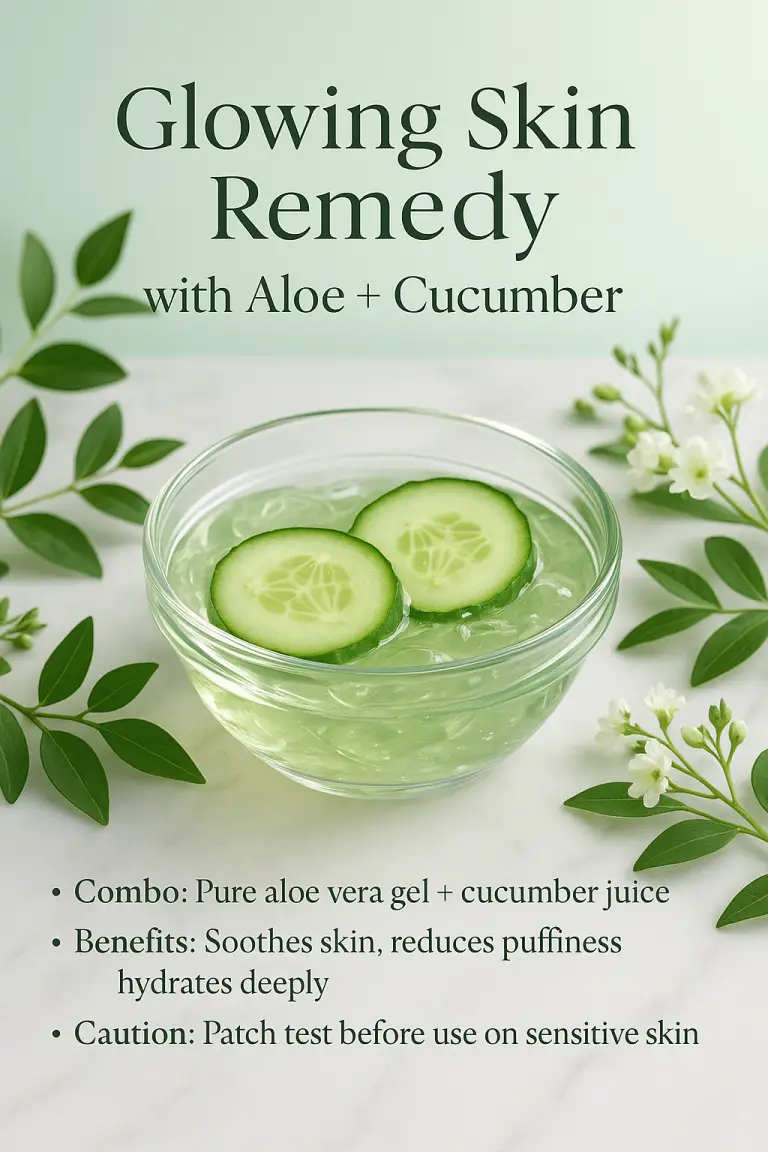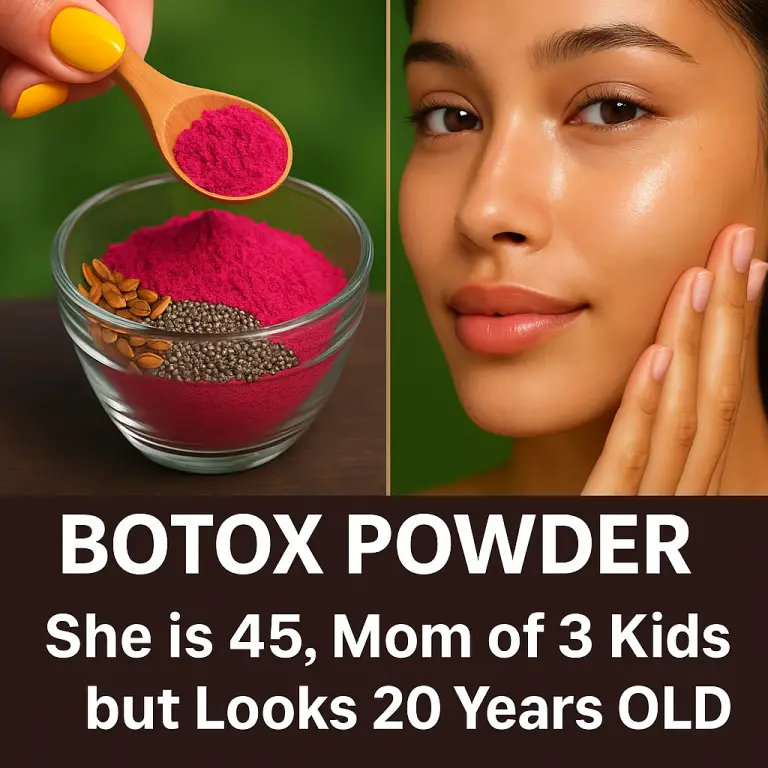Why Your DIY Face Masks Might Be Damaging Your Skin

Let’s get real for a minute—DIY beauty hacks are everywhere. Instagram, Pinterest, Facebook, you name it. It feels like everyone’s sharing their “miracle” kitchen beauty recipe. But is smearing random stuff on your face really safe? Sometimes, these homemade face masks can do more harm than good. I’ve been there too, trust me! Let’s talk about what can go wrong, what to watch out for, and how you can still enjoy DIY beauty the safe way.
1. Not Everything in Your Kitchen Is Good for Your Skin
It’s tempting, right? Grab some honey, a bit of lemon juice, maybe an egg—mix, slap it on, and wait for magic. But your skin isn’t a salad bowl. Just because it’s “natural” doesn’t mean it’s gentle or safe.
Common Kitchen Ingredients That Can Cause Trouble:
- Lemon juice: Super acidic, can burn and dry your skin, and even cause dark spots if you go in the sun.
- Baking soda: Messes with your skin’s pH and leaves it dry, irritated, or worse.
- Toothpaste: Dries out pimples but also burns and irritates.
- Raw eggs: Risk of bacteria, plus who really wants that on their face?
- Cinnamon: Can cause burning, redness, and allergic reactions.
2. Everyone’s Skin Is Different
What works for your friend (or some influencer) might totally mess up your face. Sensitive skin? One strong ingredient, and boom—you’ve got redness, itching, or even a rash.
Always patch test! Dab a little on your wrist or behind your ear first. Wait a day. If nothing happens, then try it on your face.
3. Overdoing It Can Backfire
Doing a mask every day because you want results faster? It usually just dries you out or triggers breakouts.
Your skin needs time to heal and balance itself. Even the gentlest DIY mask shouldn’t be used more than 2-3 times a week.
4. Hygiene Matters More Than You Think
Mixing your own recipes is fun, but dirty hands, spoons, or bowls mean you’re just spreading bacteria. That’s how breakouts and infections start!
Always use:
- Clean hands
- Fresh, sanitized bowls and spoons
- New batches every time (don’t store stuff for days—it goes bad!)
5. Know Your Skin Type
- Dry or sensitive? Skip lemons, vinegar, or scrubs with coffee grounds or sugar.
- Oily? Still avoid harsh stuff like baking soda or too much citrus.
- Acne-prone? Avoid heavy oils or dairy, and always test for reactions.
6. Side Effects Nobody Talks About
Some people don’t notice right away, but the damage can show up over time:
- Redness or sensitivity
- Dry, flaky skin
- Worsening acne
- Dark spots (especially from lemon or lime)
- Rashes or allergic reactions
A Quick Table: Ingredients to Use vs. Avoid
| Safer Choices | Risky Ingredients |
|---|---|
| Plain yogurt | Lemon juice |
| Oats | Baking soda |
| Aloe vera gel | Toothpaste |
| Honey (in moderation) | Raw eggs |
| Cucumber | Cinnamon |
How To Enjoy DIY Masks Without Regrets
- Always patch test first
- Use gentle, single-ingredient masks at first (oats, yogurt, aloe)
- Don’t use anything if you’re allergic or if it feels uncomfortable
- Don’t mix too many ingredients at once—keep it simple
- Listen to your skin—if it burns, rinse it off right away!
What To Do If You Have a Reaction
If your skin gets red, itchy, or burns after a DIY mask:
- Rinse off with cool water immediately
- Apply plain aloe vera gel or a gentle moisturizer
- Avoid other products for a day or two
- If it’s really bad, see a dermatologist
Final Thoughts
I get it—we all want that glowing, natural look, and sometimes it’s fun to play “kitchen chemist.” But your skin deserves a little caution and care. Not every beauty hack you see online is safe for everyone. So before you mix up your next face mask, think twice about what you’re putting on your skin.
You’re beautiful just as you are—don’t let a DIY fail bring you down!
If you’ve ever had a DIY face mask disaster, share your story in the comments. We learn together—and hey, maybe we can save someone else’s skin!

